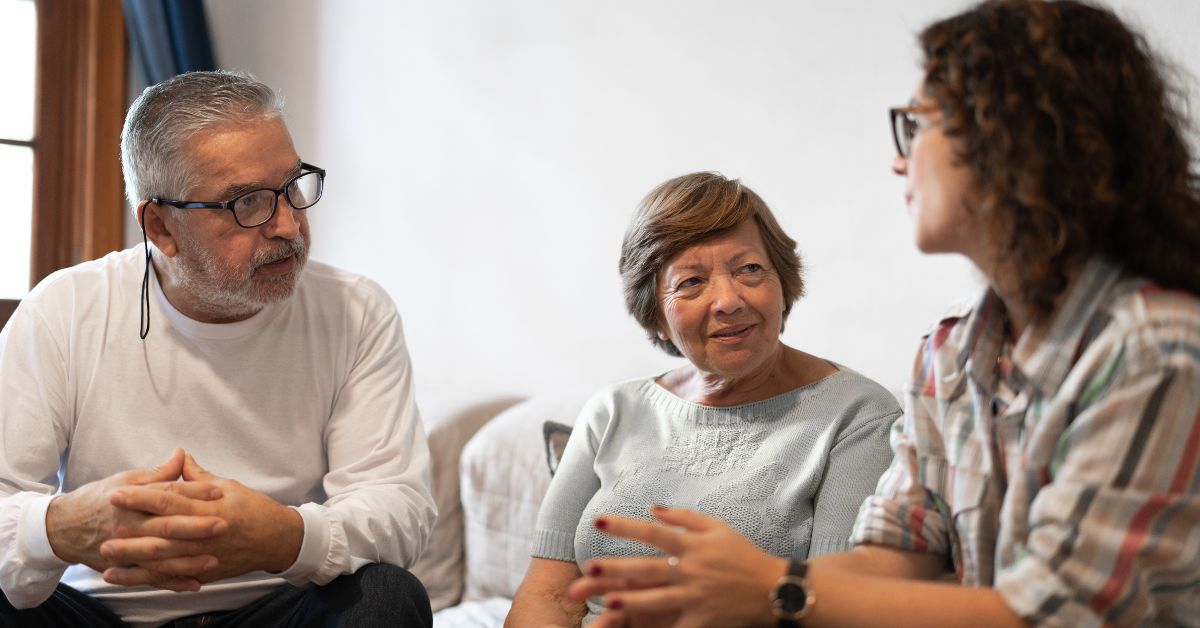Part 4 in my series on problem-solving
- Part 1: Problem-Solving: 5 Basic Components
- Part 2: Work on Problems, Not Symptoms
- Part 3: Problem-Solving, Step 1: Identify the Problem and Define the Conflict
Listen to this episode of the Focus with Marlene Podcast:
Get caught up with all episodes in the Developing a New Focus series.
Step 2: Generate a List of Possible Solutions
Once a problem has been identified, we can start looking for solutions. In this step, we begin brainstorming all the ways we can find a solution. Be as creative as you can. Don’t dismiss any possibilities even if they seem bizarre or impossible. Writing them down often helps us see alternatives we wouldn’t have thought of without this free flowing of ideas.
There are so many variables, both to our problems and their potential outcomes. Ask friends and others you know to help you brainstorm. You want as many suggestions as possible.
Sometimes those who are not directly associated with a problem can have great ideas we might not have thought of because we were too close to the problem. Take time to do this.
Whenever others are directly associated with this problem, find a way to work together. Avoid pressure to compete or insinuate that there is only one solution that says, “My way or no way.”
Try to defuse tension, strife, or rivalry as you go along and be as honest and thoughtful as you can when considering another’s input. Believe that you will find a solution.
If you find yourself getting emotional, stop and address it. You can’t find solutions if you are after revenge or retribution or trying to outdo one another. Avoid blaming others and ask for a ten-minute break if needed.
Address anything that may be contributing to this problem. And again, take the “person” out of the problem and focus instead on actions that may be contributing to the problem. That includes your emotional reactions.
As you work on any problem, remember that none of us is perfect, and we can learn from our mistakes. Use downturns, failures, and defeats as an opportunity to learn and grow. It can be the spark of creativity and ingenuity.
People who have been successful learned how to use their mistakes and failures to their advantage. When we do, we are well on our way to solving many of the problems we face. If we dwell on our insecurities, lack of experience, shame, anger, etc. these emotions become a stumbling block to finding good resolutions.
Be honest. Humility is a good thing and occurs when we face our vulnerabilities, weak points, and failings. Be willing to learn, not only from your mistakes, but from the mistakes of others as well. Be willing to look at the other’s point of view. This can be difficult, especially if you believe you are right, and the other is always wrong.
Examine how another might see the situation or conflict. Then come together to negotiate and mediate a solution that works for both parties.
Take responsibility for your actions and allow others to do the same. Become proactive instead of reactive and let your values and principles guide you through difficult decision-making.
Generating Solutions
Since we started working with problem number one (in the previous post in this series), let’s continue with it.
Here is the problem:
You have been the primary caregiver for your aging parent and are feeling tired and overwhelmed. You love your parent and want to find a way to keep him/her safe. But you also recognize you need help in doing this. Family members need to be informed and included in finding a reasonable solution.
Before you do any serious brainstorming, you must identify anyone who might be affected by this problem. In this case, the problem involves all the family, from siblings to relatives who might be available to help in some way.
Remember, when others are involved, their input is important to both help define the different aspects of the problem as well as options they might suggest.
Here are some things that might be included in that brainstorming list. You will notice that the problem is expanded as all aspects of it are defined.
- Who in the immediate family may be helpful?
- Have I alerted family members of the seriousness of the situation?
- What social services are available that might be of assistance?
- Are there adult day care centers? How safe are they?
- Are there family members who could periodically visit or help?
- How can I let my aging parent know that I still love and care for them?
- Have I discussed my concerns with that parent?
- Are grandchildren available to visit occasionally? This is important for them as well as for their grandparent.
When we remain open to possibilities, we can discover many alternatives to resolve problems.
At this stage we want to promote innovative thinking and discourage restrictions. Encourage and solicit ideas from family members. There is plenty of time to evaluate and eliminate in the next step.
Next week we will evaluate and choose one to implement.
If you enjoyed this post, share it with your friends.
Subscribe today to receive a notice in your inbox about each week’s new blog post and podcast episode: http://eepurl.com/baaiQ1
To receive a free 15-minute consultation to help you create a personal plan of action, email me.
I am also available for speaking engagements, retreats or teaching workshops for your church, clubs, or women’s groups.


